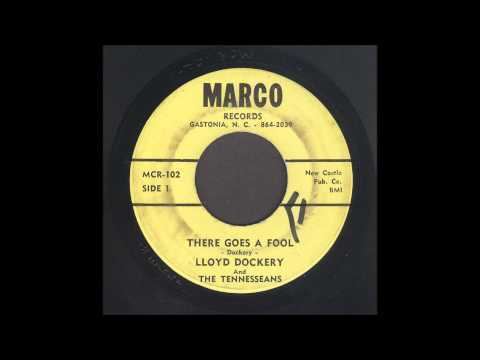Allegiance United Kingdom Years of service 1914–1945 | Name Dudley Lloyd-Evans Rank Wing commander | |
 | ||
Buried at Grave A80, St. Mary Magdalene's Churchyard, Boddington, Gloucestershire (51°55′30″N 2°09′19″W / 51.92500°N 2.15528°W / 51.92500; -2.15528Coordinates: 51°55′30″N 2°09′19″W / 51.92500°N 2.15528°W / 51.92500; -2.15528) Battles/wars World War I • Western FrontWorld War II Unit | ||
Norman lloyd creative until you die thr
Wing Commander Dudley Lloyd-Evans (1895 – 20 March 1972) was a Welsh-born soldier and flying ace. After being decorated for his infantry service during World War I, he transferred to aviation, was credited with eight official aerial victories, and again won military honours for his valour. He remained in the Royal Air Force until the end of the Second World War.
Contents

World War I
Dudley Lloyd-Evans' military career began when he was commissioned as a temporary second lieutenant on 8 October 1914. He served in the South Wales Borderers and was awarded the Military Cross for gallantry in December 1916.
He then transferred to the Royal Flying Corps and in early 1918 was posted to No. 64 Squadron as a Royal Aircraft Factory SE.5a pilot. He began a run of solo aerial victories on the last day of May 1918, when he destroyed a German Albatros D.V fighter over La Bassée. He scored the second time on 25 July 1918, destroying a Fokker D.VII. Another fell under his guns on 21 August. Two days later, he destroyed a two-seater LVG reconnaissance plane over Cantin. On 3 September, he drove down a Fokker D.VII out of control for his fifth win, becoming an ace. Two days later, he drove another one down northeast of Cambrai. On 18 September 1918, he capped his career as an ace by destroying one Fokker D.VII and driving another one down. His exploits won him a Distinguished Flying Cross, which was gazetted after war's end.
Post World War I
Lloyd-Evans was granted a short service commission as a flying officer in the Royal Air Force on 24 October 1919. This commission was later confirmed as permanent. He won a Bar to his Distinguished Flying Cross in lieu of a second award in 1921 for an aerial rescue sortie in Mesopotamia.
On 1 July 1925 he was promoted to flight lieutenant. On 3 January 1930 Evans was posted to the staff of RAF Middle East. On 24 January 1936 he was posted to No. 8 Flying Training School at RAF Montrose.
On 1 October 1937, he was promoted to squadron leader. Evans was posted to No. 5 Flying Training School at RAF Sealand for administrative duties on 4 January 1938.
He married Margaret Ralston, daughter of Sir Harry Hope in 1939; the union made him proprietor of one of Scotland's historic old mansions, Kinnettles House.
He then rose to the rank of temporary wing commander on 1 June 1940. On 10 September 1945, he reverted to retirement, retaining the rank of wing commander.
Dudley Lloyd-Evans died on 20 March 1972 in Cheltenham, England. He was buried in Grave A80, St. Mary Magdalene's Churchyard, Boddington, Gloucestershire.
